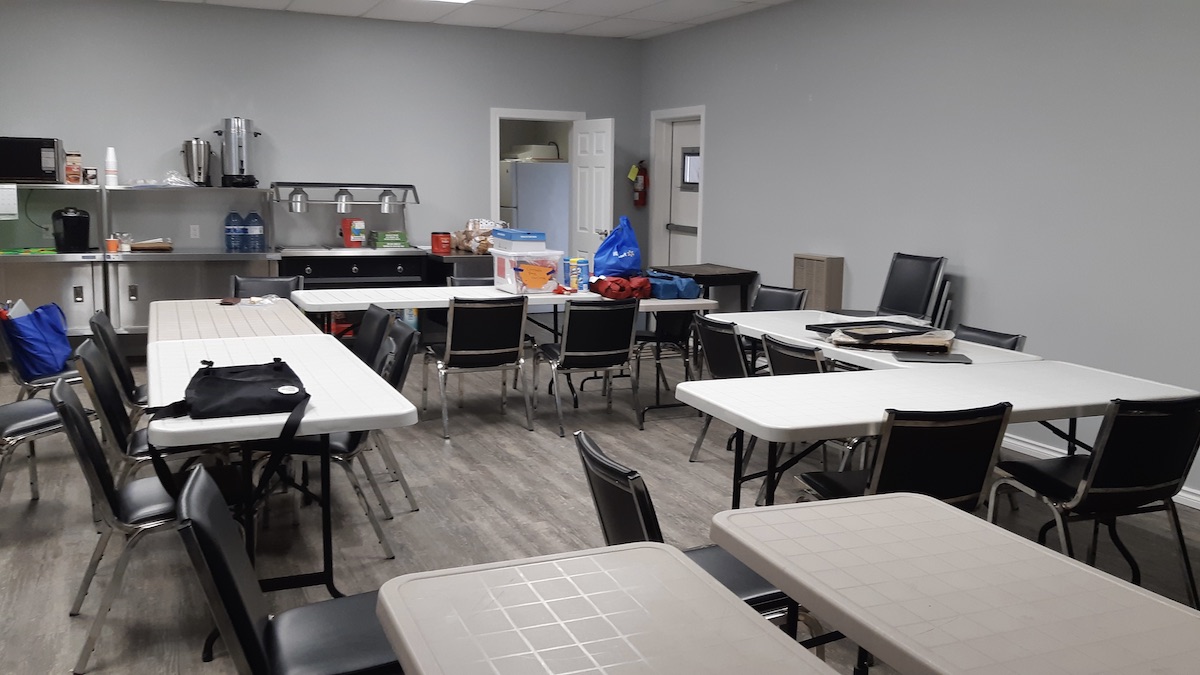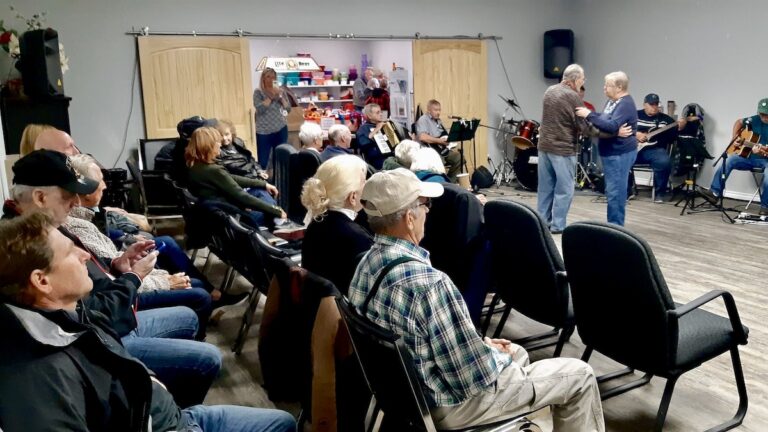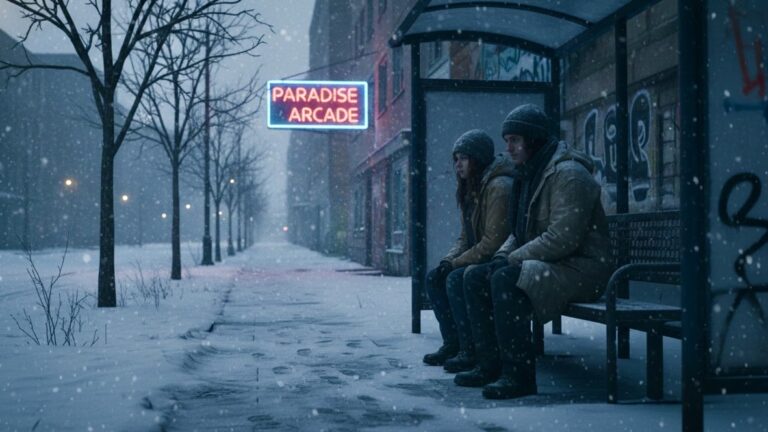
Understanding Northern Boards: What They Do (and Don’t Do)
This month, we’re exploring governance — what it really means, why it matters, and how it shapes the way small nonprofits and arts collectives function. Governance can sound like dry policy or legal jargon, but in practice, it’s about something much more human: how we organize ourselves, make decisions, and share responsibility so that creative work can thrive.
To support our team and interested community members in getting up to speed, we’re putting together a short series of weekly readings. Each piece takes on a different part of the puzzle: what boards do, what staff and volunteers do, and how these roles fit together. The goal isn’t to overwhelm with rules, but to build a clear and practical understanding of where responsibilities lie, and how healthy governance creates space for trust, sustainability, and growth.
This week’s series is the starting point. We’ll begin by looking at the role of boards: what their responsibilities are, what they aren’t, and why their work is different from day-to-day operations. From there, we’ll shift to staff and volunteers, before finally exploring how all the pieces come together to create balance.
Introducing what Boards do
In Northern and Northwestern Ontario, where many arts groups are small and volunteer-led, building nonprofit and arts sector capacity is a critical need. This month’s weekly sessions will focus on exactly that, exploring governance from the ground up. This series is designed to equip our local artists and creative leaders with the skills to effectively steer their own organizations, contributing to the long-term health of the Ontario arts community.
Imagine your collective is preparing for a gallery show. The artists are busy framing their work, volunteers are painting walls, and the coordinator is double-checking schedules. There’s a lot of activity, but the board isn’t in the gallery with paint rollers. Their role isn’t to be in the thick of daily tasks — their role is to make sure the show can happen now and in the future.
Boards are responsible for governance, which is a wide-angle view of the organization. Instead of deciding who hangs which painting, they make sure the organization has the resources, legal standing, and stability to keep presenting shows year after year. This means approving the budget, ensuring the collective’s mission is clear, and checking that the group follows laws and ethical standards.
One of the board’s most important jobs is financial oversight. They don’t decide what snacks to serve at opening night — but they approve the annual budget that makes those snacks possible. They look at the long-term sustainability of the group’s finances, making sure spending matches priorities and that resources are managed responsibly.
Boards also play a key role in leadership support. In nonprofits with staff, the board hires and evaluates the Executive Director, ensuring they have what they need to succeed. In small collectives, the board may instead provide mentorship and stability for the lead organizers, helping them think about the future rather than just the next event.
Finally, boards are champions for the mission. They connect the organization to the wider community, advocate for its work, and often help with fundraising. A strong board sees its role as making the collective’s work possible, not directing every move. Their strength is in steering the ship, not rowing it.
Effective governance is the backbone of any arts organization, especially in Northern and Northwestern Ontario, where resources are often stretched thin. By building strong nonprofit leadership and board capacity, we’re not just ensuring this month’s show goes off without a hitch; we’re establishing a sustainable foundation for the entire Ontario artscommunity to thrive for years to come. The goal is to move beyond the day-to-day and equip our creators with the skills to be the strategic visionaries their own organizations need.
Discussion Questions
Here are some questions to spark conversation about governance and capacity-building for your collective:
- What are the three biggest governance challenges your organization or collective faces right now?
- How can we, as a group, ensure that our mission stays at the forefront of our work, even during busy times?
- What skills or expertise do we need on our board to ensure the long-term health and financial stability of our organization?
- How can we best support our artistic and community leaders in their work, while allowing them to focus on their creative roles?
- What does “success” look like for our organization five years from now, and what governance structure will help us get there?
About our Program
The 2025 Melgund Township Spring and Summer Arts Incubator is a transformative professional development series for artists and arts professionals in Far North and Northwestern Ontario. We’re here to tackle the real barriers that keep local creators from thriving in their own communities, from geographic isolation to limited funding. Our workshops and seminars are all about giving people the skills they need for creative self-determination—things like governance, project management, and strategic planning. Putting our local northern artists in the driver’s seat, our goal is to helpbuild a strong, lasting Northern and Northwestern Ontario arts economy right here at home. This isn’t just a program; it’s a movement to ensure our talented creators don’t have to leave the North to succeed.
This year’s program has grown, bringing in people from across the province, from local communities like Dryden and Ignace all the way to Windsor and Ottawa. This connection-building is a core part of what we do. Our focus is on blending traditional knowledge with contemporary digital arts to help artists not only make a living but also preserve our local heritage. We’re diving deep into projects that explore the history of syllabic writing and the legacy of local mine sites. By working closely with local artists and leaders, we’re building a truly community-driven multi and inter-artssector in Northwestern Ontario that reflects the rich, diverse voices of our region.
We thank the Ontario Arts Council Multi and Inter-Arts Projects program for supporting our program this summer.




